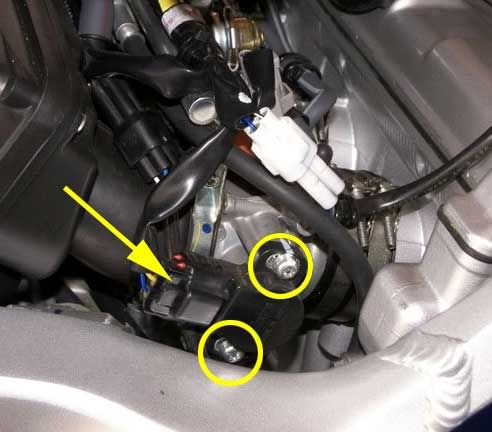JustHoward
Well-known member
I will be installing a new TPS on my 2008 67,000 mile FJR. The bike is exhibiting symptoms that many of you have told me cold only be from a failing TPS.
However, my dealer says he has never installed one, and frankly, I'd rather do the job myself. He has ordered one for me (under YES warranty) and i can use his shop. in previous posts on this subject, the comment was made that the installation is pretty simple and straight-forward. However, I don't see how the TPS is removed, since it sits immediately to the side of the right frame, and one bolt is almost impossible to get at.
If somebody has the instructions from the original recall, please post those. or better yet, just please tell me how to change out the TPS.
You guys always know what you're doing.
Thanks, Howard
However, my dealer says he has never installed one, and frankly, I'd rather do the job myself. He has ordered one for me (under YES warranty) and i can use his shop. in previous posts on this subject, the comment was made that the installation is pretty simple and straight-forward. However, I don't see how the TPS is removed, since it sits immediately to the side of the right frame, and one bolt is almost impossible to get at.
If somebody has the instructions from the original recall, please post those. or better yet, just please tell me how to change out the TPS.
You guys always know what you're doing.
Thanks, Howard





